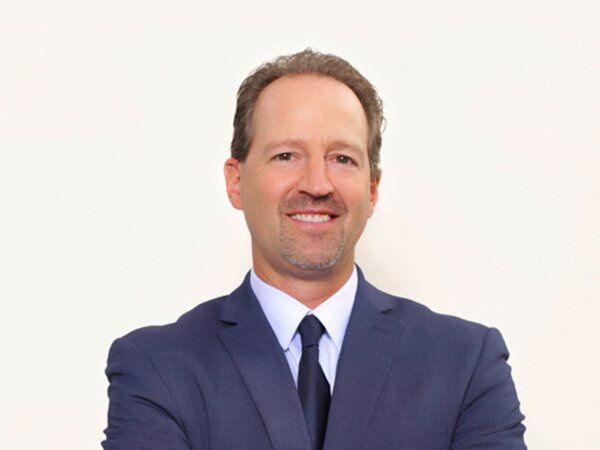'We hit the iceberg': Home care industry in crisis
Regional News

Audio By Carbonatix
3:51 PM on Tuesday, September 9
Christina Lengyel
(The Center Square) - In Pennsylvania, home care can cost families and the state less than half of what it costs to stay in a nursing facility or hospital setting, yet it’s an industry, advocates say, that has been abandoned.
The Center Square spoke to Pennsylvania Homecare Association President Mia Haney to get a better understanding of the legislative landscape impacting the home care industry.
At the center of the crisis, Haney says, are the state’s reimbursement rates. Dollars paid through Medicaid trigger federal fund matching and cover the cost of home care services. Currently, Pennsylvania’s rate is just $20.63, lower than each neighboring state.
Once the rate is paid, employers take out money for operational costs, taxes, unemployment, workers’ compensation, and insurance, leaving workers with very little take-home pay. Set against similar roles in nursing homes and hospitals and similar pay in retail and service jobs, it has become a challenge to recruit staff.
“We are all vying for the same candidates,” said Haney. “Home care used to be really attractive because you have flexibility of schedule. You can pick and choose your hours. You can pick and choose your cases, but technology has really made that viable for many, many competing industries now.”
The result is that currently 112,000 shifts get missed per month. Those shifts could mean a missed bath, missed meal, or a missed moment of connection with the outside world.
Last week, the association received word of a western Pennsylvania woman who was stuck in bed with no one to come help her out, waiting hours for over-extended workers to find a solution.
“That's 112,000 plus times a customer, a client, a senior, an individual with disabilities is sitting there, waiting for someone to show up, and no one's coming,” said Haney. “Frankly, that’s just unacceptable, and Pennsylvania needs to do better.”
On top of missed shifts, home care agencies are closing their doors to Medicaid patients, forcing them onto waiting lists and often ultimately into the emergency room.
Many who use home care services rely on them to be able to live in their communities. For Pennsylvanian’s booming population of senior citizens, aging in place is not only the most emotionally satisfying choice—it also leads to better health outcomes.
Haney says that home care is preventative care. Workers who spend time with patients are able to notice changes in condition and liaise with doctors and other members of a care team. By doing this, costly emergency room visits and hospital admissions can be avoided.
Yet, home care is currently classified as an optional Medicaid benefit while nursing facilities are a dedicated benefit. Haney says that it reflects the state’s “institutional bias” emerging from an “antiquated perspective.”
Haney pointed to West Virginia, which recently raised their reimbursement rate from about $19 per hour to over $25 per hour.
“This is a funding priority,” said Haney. “It saves money in the long run, and if we don’t do it, we’ll end up spending money in another line item in the budget, and we’ll spend a lot more in that line item.”
Emergency room visits covered by Medicaid come at a much higher cost than homecare, as do nursing homes where patients end up when there’s no one available to care for them at home. This includes children with medical needs like ventilators or other specialized care indefinitely confined to institutions.
States like New Jersey have been raising their rates incrementally over time along with increases in cost of living. The method has helped them to avoid massive shortfalls like the one Pennsylvania is up against in 2025, a full 23% below the baseline recommended by the commonwealth’s own rate study.
Pennsylvania Homecare Association isn’t advocating for the full 23% that would be necessary to provide livable wages for staff. Instead, they’re pushing for a 10% increase, one they don’t expect to see in the budget when House Democratic and Senate Republican leadership finally come to the table.
“We see it as a bipartisan failure, and real people are going to suffer because of it,” said Haney. “We hit the iceberg and it's just whether we're gonna let the ship sink. We're taking on water actively, and we've got a couple really good agencies who are literally using buckets to dump the water out over the edge of the ship, but this is only going to take us so far, and we really needed our legislators to to do more than just verbally tell us what they support us.”







